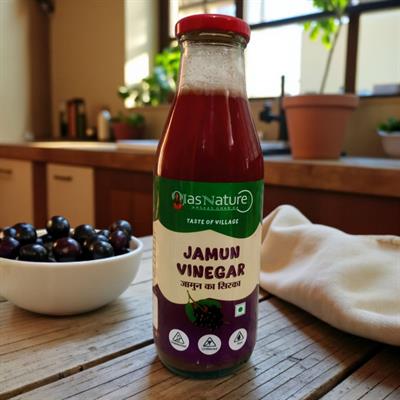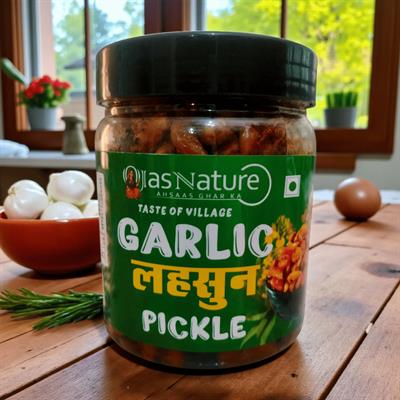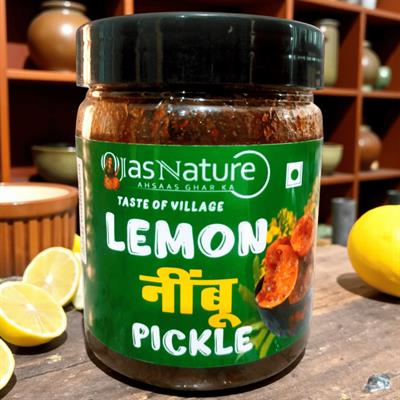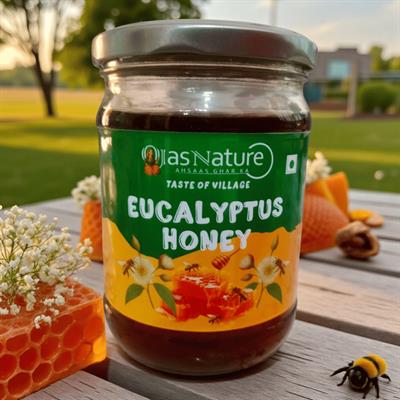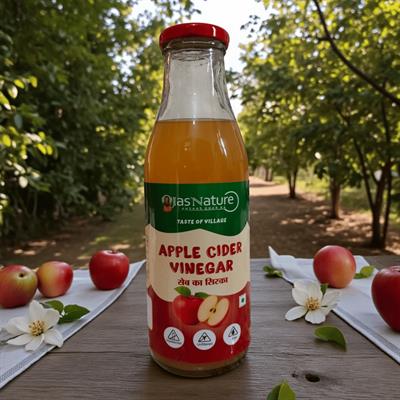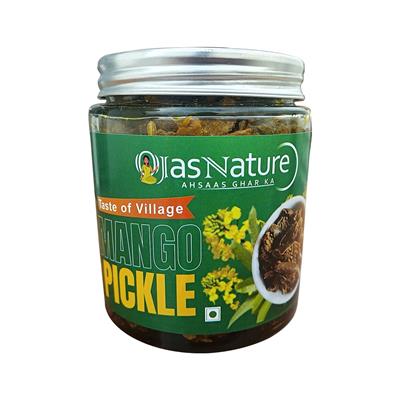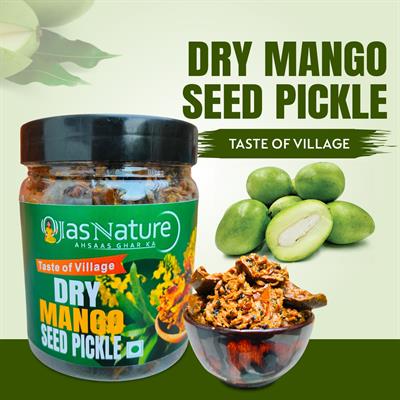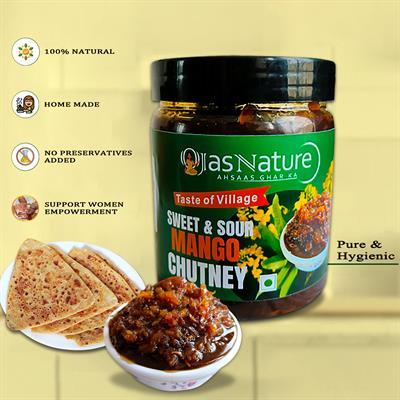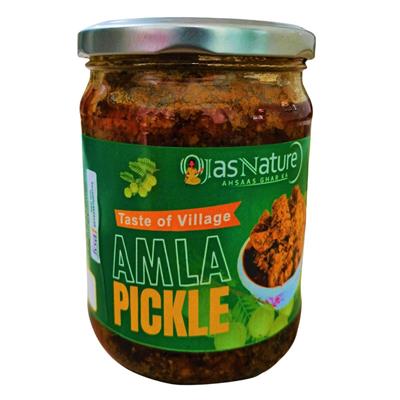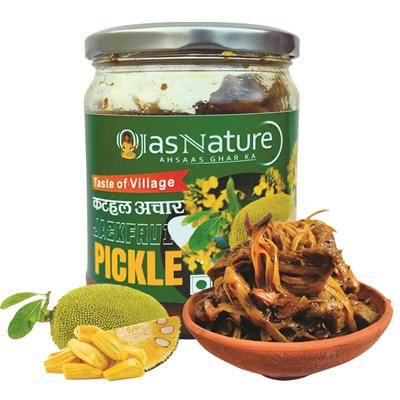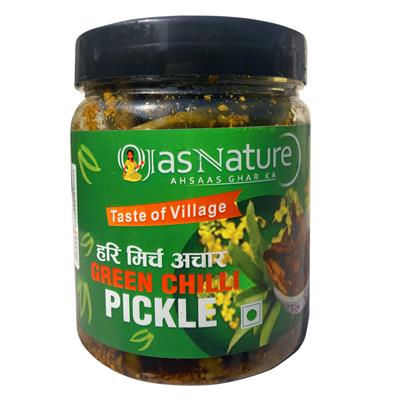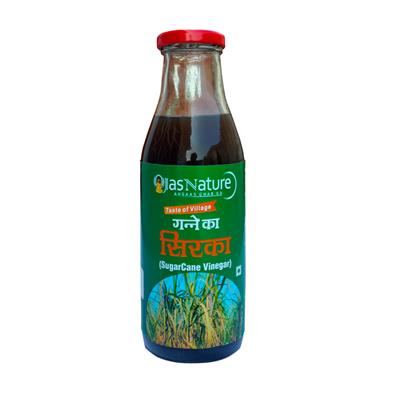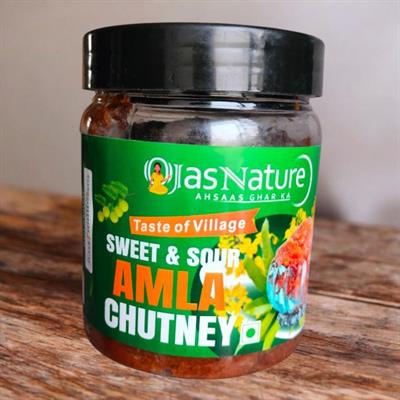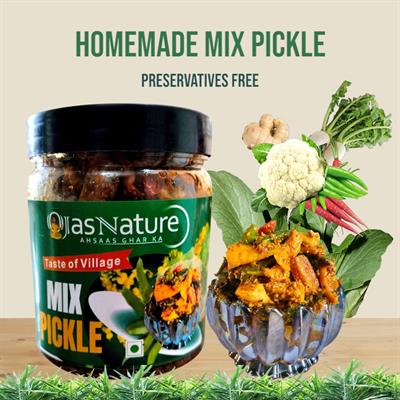Pickling jackfruit is a cherished tradition in many Indian households. It transforms the mildly sweet and fibrous fruit into a tangy, spicy delicacy that complements everyday meals. With the rise in demand for home made achar, many people are trying their hand at preparing jackfruit pickle at home. But selecting the right jackfruit is crucial to ensure both taste and longevity.
India is one of the largest producers of jackfruit in the world, with over 1.4 million tonnes produced annually. This tropical fruit is rich in dietary fiber, vitamin C, and antioxidants, making it a healthy option for pickling. Moreover, jackfruit achar has gained popularity as an alternative to traditional options like home made amla achar, thanks to its unique flavor and texture.
In this blog, we will guide you step-by-step on how to choose the best jackfruit for pickling. From understanding its maturity level to checking texture and color, we will cover everything a beginner needs to know.
Understanding the Importance of Choosing the Right Jackfruit
Why Jackfruit Selection Matters in Pickling
When it comes to making home made achar, the choice of ingredients directly affects the outcome. Jackfruit, especially, needs to be chosen carefully due to its complex texture and ripening stages. The right jackfruit can absorb spices well, retain crunch, and enhance the overall taste of the pickle.
Difference Between Raw and Ripe Jackfruit
For pickling, only raw or tender jackfruit should be used. Ripe jackfruit is sweet and soft, which doesn’t suit the texture required for pickles. Tender jackfruit, on the other hand, offers a firm bite, ideal for absorbing masala and oil during the pickling process.
Signs of a Good Jackfruit for Pickling
Look for the Right Size and Shape
Tender jackfruits used for home made achar are usually small to medium-sized—typically under 5 kg. They are easier to handle, slice, and de-seed. Moreover, the seeds are not fully developed in these jackfruits, which is ideal for pickling.
Check the Skin Color
The skin of a good pickling jackfruit should be green with light brown patches. Avoid jackfruits that look overly yellow or have strong aromas. These are signs of ripeness, which is unsuitable for pickling.
Feel the Texture
A tender jackfruit will be slightly soft but still firm to the touch. Press gently with your thumb; it should not sink in like ripe fruit. The inner flesh should be white or pale cream and should not release a strong smell.
When to Buy Jackfruit for Pickling
Seasonal Availability
The best time to find tender jackfruit is during March to June, depending on the region. Buying in-season ensures better quality, lower prices, and easier availability in local markets or farms.
Best Time for Pickling
It’s advisable to pickle jackfruit immediately after purchase. The fruit tends to ripen quickly if left outside, which may affect its suitability for pickling. If you're planning to make home made amla achar or jackfruit pickle together, buy and process them on the same day to maintain freshness.
Prepping Jackfruit for Pickling
Tools You’ll Need
To prepare jackfruit for achar, use a sharp knife, oil for greasing hands, and gloves (optional). Jackfruit releases a sticky latex-like sap which can be messy. Applying oil on your hands and knife prevents sticking.
Cleaning and Cutting
Remove the skin carefully and cut the fruit into bite-sized pieces. Make sure to remove the soft seeds if any are visible. Wash the pieces thoroughly with salted water to remove latex residue and pat them dry before pickling.
Mistakes to Avoid When Choosing Jackfruit
Avoid Overripe Jackfruit
Many beginners mistake a semi-ripe jackfruit as suitable for pickling. However, semi-ripe ones can spoil quickly and ruin the entire batch of achar. Always opt for completely raw jackfruit with no signs of yellowing or softness.
Don’t Buy Pre-Cut Jackfruit from Unknown Sources
While pre-cut jackfruit may seem convenient, it often lacks freshness. Moreover, it's hard to determine the original quality of the fruit. For home made achar, always go for whole, fresh jackfruit from reliable sources.
Comparing Jackfruit Achar with Amla Achar
Texture and Flavor
While home made amla achar is tangy and slightly bitter, jackfruit pickle offers a unique chewy texture and rich, spicy flavor. Both have their own place in traditional Indian cuisine, but jackfruit is often preferred for its meaty consistency.
Nutritional Value
Amla is rich in vitamin C and antioxidants, while jackfruit provides fiber, potassium, and iron. Including both types of pickles in your diet gives a nutritional balance and taste variety.
Storage and Shelf Life Tips
Sun-Drying is Key
After cutting the jackfruit pieces, sun-dry them for 6–8 hours before pickling. This reduces moisture, helping the spices and oil penetrate better while extending the shelf life.
Store in Airtight Jars
Use sterilized, dry glass jars for storing jackfruit achar. Keep the jars in a cool, dry place away from sunlight. When prepared correctly, jackfruit pickle can last up to 1 year without refrigeration.
Conclusion
Choosing the right jackfruit is the first and most important step in preparing flavorful, long-lasting home made achar. By understanding what to look for—like firmness, size, and color—you can ensure your jackfruit pickle turns out perfect every time. Also, avoid common mistakes like using overripe fruit or pre-cut pieces from unreliable sources.
Whether you're a beginner or an experienced pickler, this guide will help you confidently select jackfruit that enhances the taste and texture of your homemade pickle. And if you’re already a fan of home made amla achar, jackfruit achar is a wonderful addition to your pantry.
Pickle-making is both an art and a tradition. So next time you're in the market, use these tips to pick the perfect jackfruit and enjoy the joy of creating your own homemade delicacy.

